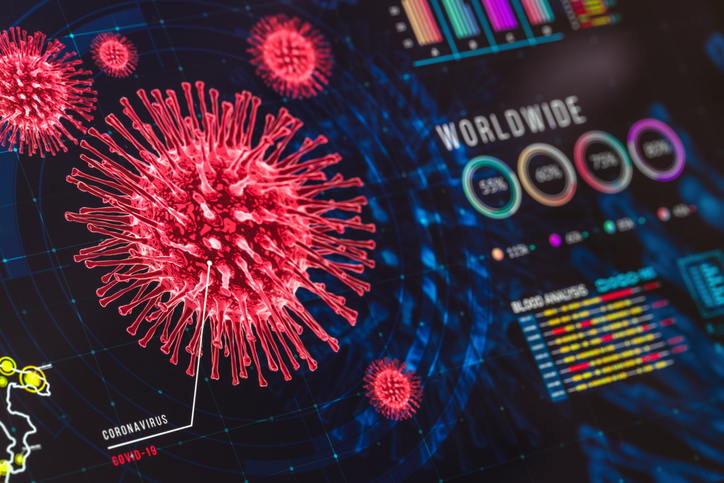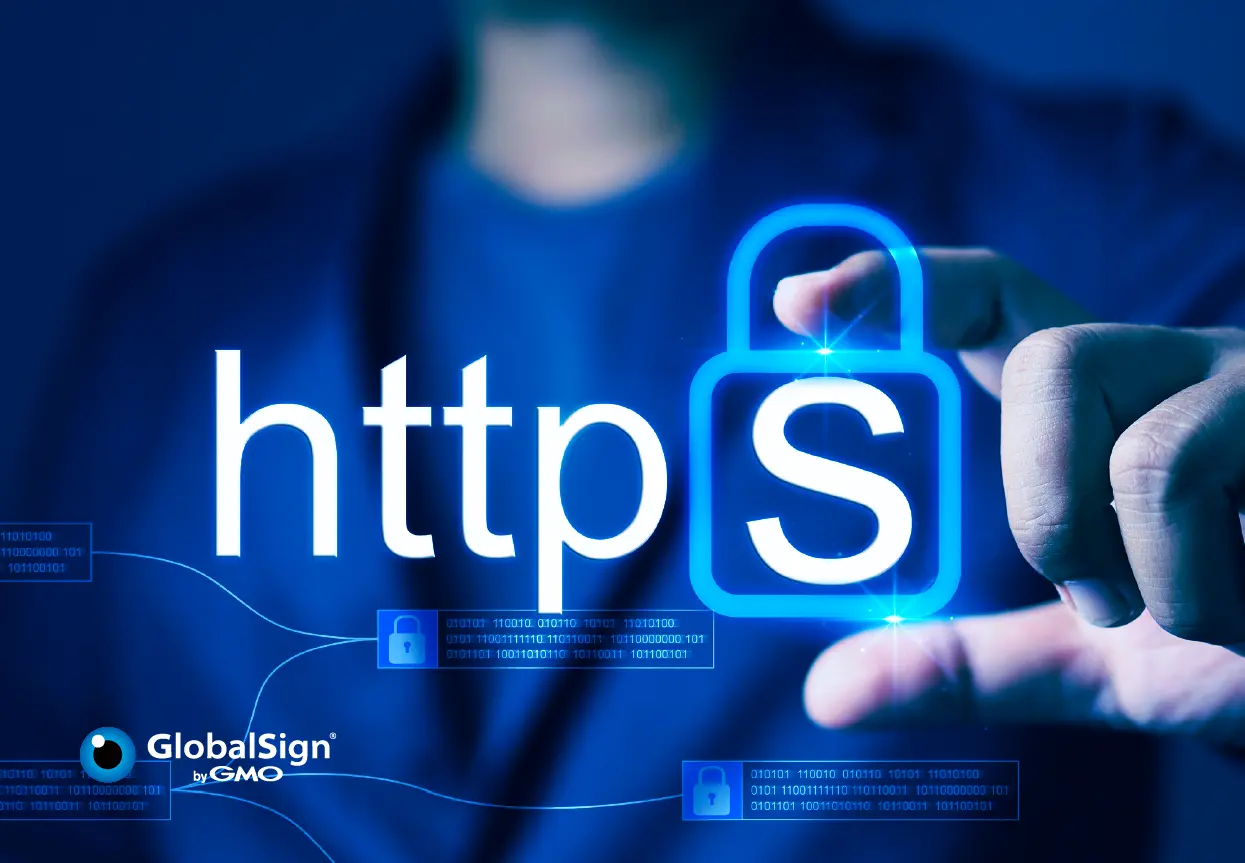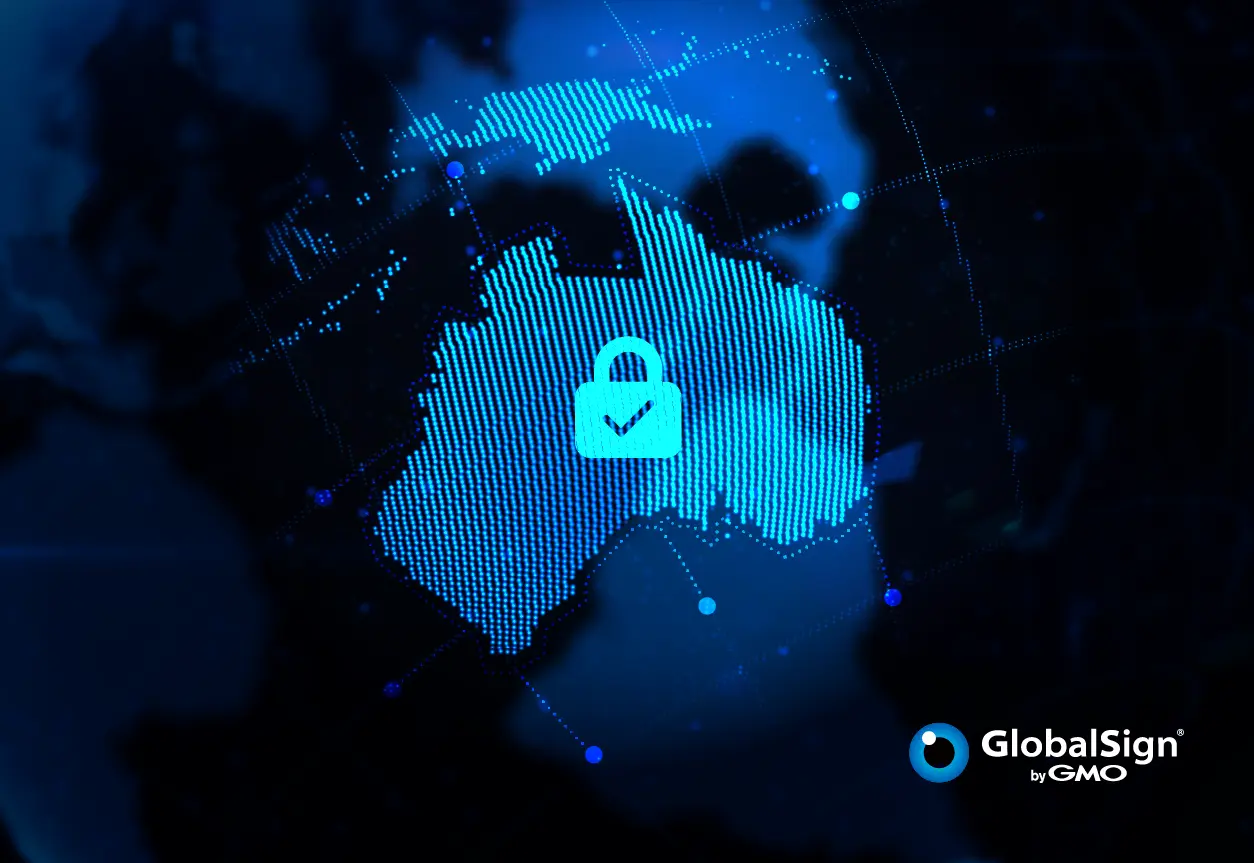Pandemics and epidemics have been threatening human life again and again. In the past, viruses like SARS, Ebola, H1N1, and others have shown their dangerous effect on the world. The world has tried to learn new ways to fight back against these unexpected pandemics that have damaged millions of lives. While technology always plays a very important role during such outbreaks, COVID-19 has really underlined the importance of digital technology. It may not be a direct cure but it can help to educate, prevent the spread, warn us, and increase awareness of the situation.
Today with digital technologies like virtual meetings, machine learning, artificial intelligence, the mobile cloud, big data, and many others, it has become possible to be more prepared for any future pandemics. In this blog, we will cover some areas in which digital technology can help with this fight.
1. Wearable and Mobile Technology
Today we have several wearable sensors along with mobile phones that can detect our temperature, blood pressure, glucose level, and other vitals which are very helpful in managing pandemic situations. Using these devices, we have historical vital records that can be analyzed to decide if a person is having symptoms. When seeking treatment for an illness, the doctor will first test your symptoms to decide if you have the disease or not. This can be achieved using wearable sensors, making it possible for doctors to spend the majority of their time and energy with people who show symptoms of the serious disease in question and helping other patients get the over-the-counter or alternative treatment they need. These devices can also be used to monitor patients once they have been discharged. As an example, the well-known wearable company, Fitbit, is already making it possible for their users to contribute data to COVID-19 research.
2. Mobile and BigData for Mapping the Spread and Tracing
We have seen during COVID-19 that people are beginning to report their symptoms through mobile apps. This is really helpful, since it would allow us to not only capture their symptoms but also the person’s GPS location. By collecting, organizing, and analyzing this data, researchers could determine the current status of the spread.
Tracking maps make it easy to see and detect hot spots and any patterns in the spread. WHO has said time and again that – besides finding, testing, isolating, and treating every positive patient – it is necessary to find all the contacts of positive patients to stop the spread of virus. Mobile technology can be used as a powerful tool to manage all these tasks through apps. But the main question is about user data privacy. App developers are now more focused on mechanisms that protect user data on mobile devices, to gain the trust of people. There have been a number of mobile apps developed during the COVID-19 outbreak designed specifically to track the pattern of the spread, including: Trace Together (Singapore), Covid Watch (Stanford University), HaMagen (Israel), and Aarogya setu (India).
3. Virtual Healthcare Platforms
Virtual healthcare means virtual visits take place between a patient and his/her doctor through communication technology. A patient can meet his/her doctor from any place through video and audio connectivity. Therefore, virtual healthcare systems play a crucial role during pandemics. During the COVID-19 outbreak, people have been under strict quarantine and health workers are already at higher risk of infection. With physicians and the healthcare system adopting virtual healthcare platforms, they are avoiding physical contact between patient and doctors and effectively slowing the transmission of disease. It is also very helpful for regular patients to receive care this way – especially for elders who are at more risk during pandemic. As the pandemic spreads vastly in poor regions where resources are limited and travelling is difficult, a virtual health system can be a game changer.
4. AI and Big Data for Predictive Modeling
Today, AI and big data are playing a very important role in the healthcare industry. For the deep study of many diseases, AI-based data analytics and predictive models can be used by medical professionals. It was used very efficiently in the USA during the peak of the COVID-19 spread to predict how many cases and deaths can happen over two months. The predictive modeling helped government officials make difficult decisions about shutting down the country to prevent the spread. It has been proven that AI can be used in the future for more accurate forecasting about disease spread, treatment, and so on.
AI and big data also help researchers to find more relevant tests so that they can look for possible solutions and new approaches for controlling the pandemic. Several AI research companies have designed AI-based risk assessment tools that can be used to provide more clarity in detecting whether a patient has normal flu or is infected by a serious virus.
A Toronto-based health monitoring AI platform, Bluedot, is very helpful in detecting COVID-19 spread. Initially, Bluedot accurately detected the path of the virus from Wuhan to Tokyo. Bluedot uses big data analytics to detect the world's most dangerous diseases.
5. Fighting Against Fake News
Fake news creates more panic and anxiety among people. Fake news about the number of deaths, recovery and treatment processes, home remedies, and government policies can be more dangerous than any virus. This may lead to panic buying of goods, price gauging, violence, discrimination, conspiracies, and many more problematic issues. To guide the people and to reduce the spread of wrong information, several digital agencies including Google and YouTube are working to deliver verified information that is published by the government and WHO. With the help of the accurate information people are able to make better decisions in a pandemic environment.
6. Providing Essential Services Without Making Contact
Technology may play a very important role in future pandemics by providing contactless services. We can use technology like drones, robots, and driverless vehicles to avoid contact between people, so that viruses cannot spread between them. That will reduce the chance of getting infected. Robots can be used for sanitizing the streets, spreading awareness among people, delivering grocery items, and similar tasks. Drones can be used in containment or red zones for delivering food, medicines, and other essential services. Autopilot vehicles can be used to transfer patients to hospitals without putting healthy people in harm’s way. In the future, these technologies can be modified to become even more efficient and useful.
7. Thermal Screening
Thermal screening is one of the most important components in controlling any pandemic. This includes new technology like wireless thermometers and infrared body temperature measuring devices that can check the temperature of the body from a distance and point out the individuals who need further checkup. These devices are mostly used at checkpoints in offices, bus stands, airports, railway stations, hotels, shopping malls, and public places. As the temperature can be measured from a distance, this may reduce the spread of the virus among security officers and other administrators. Facial recognition can be used with automated thermal monitoring to make the process faster.
8. Remote Working
Remote working is another important technique that can be used in a pandemic to ensure business continuity while maintaining social distancing. The business world is highly affected by pandemics, but technologies like virtual meetings, cloud conferencing, enterprise applications, and virtual or augmented reality all play a critical role in maintaining productivity. Every company with remote employees should consider mobile hardware tools such as laptop and internet access, communication tools like Skype, project management tools like Basecamp, performance and engagement tools like Time Doctors and, last but certainly not least, cybersecurity tools to protect your organizations’ systems and data.
Conclusion
The whole world has been affected by the COVID-19 pandemic, a virus that has killed many people. During this situation, we all have realized the value of digital technologies. We should strive to improve digital technology and build solutions that can help us to tackle similar future pandemics. That requires adoption of digital systems by masses and also innovation and support from large enterprises and governments.
Note: This blog article was written by a guest contributor for the purpose of offering a wider variety of content for our readers. The opinions expressed in this guest author article are solely those of the contributor and do not necessarily reflect those of GlobalSign.






